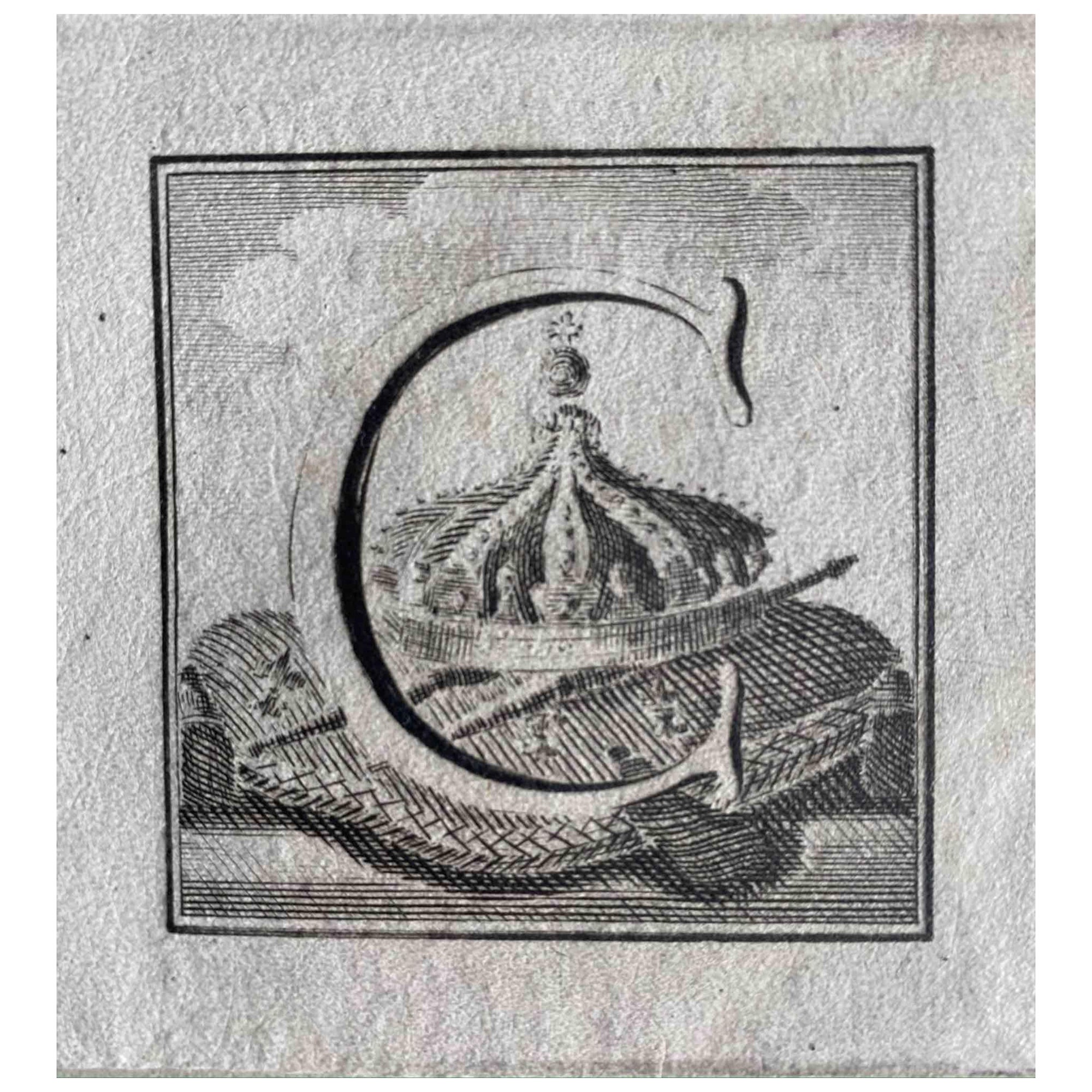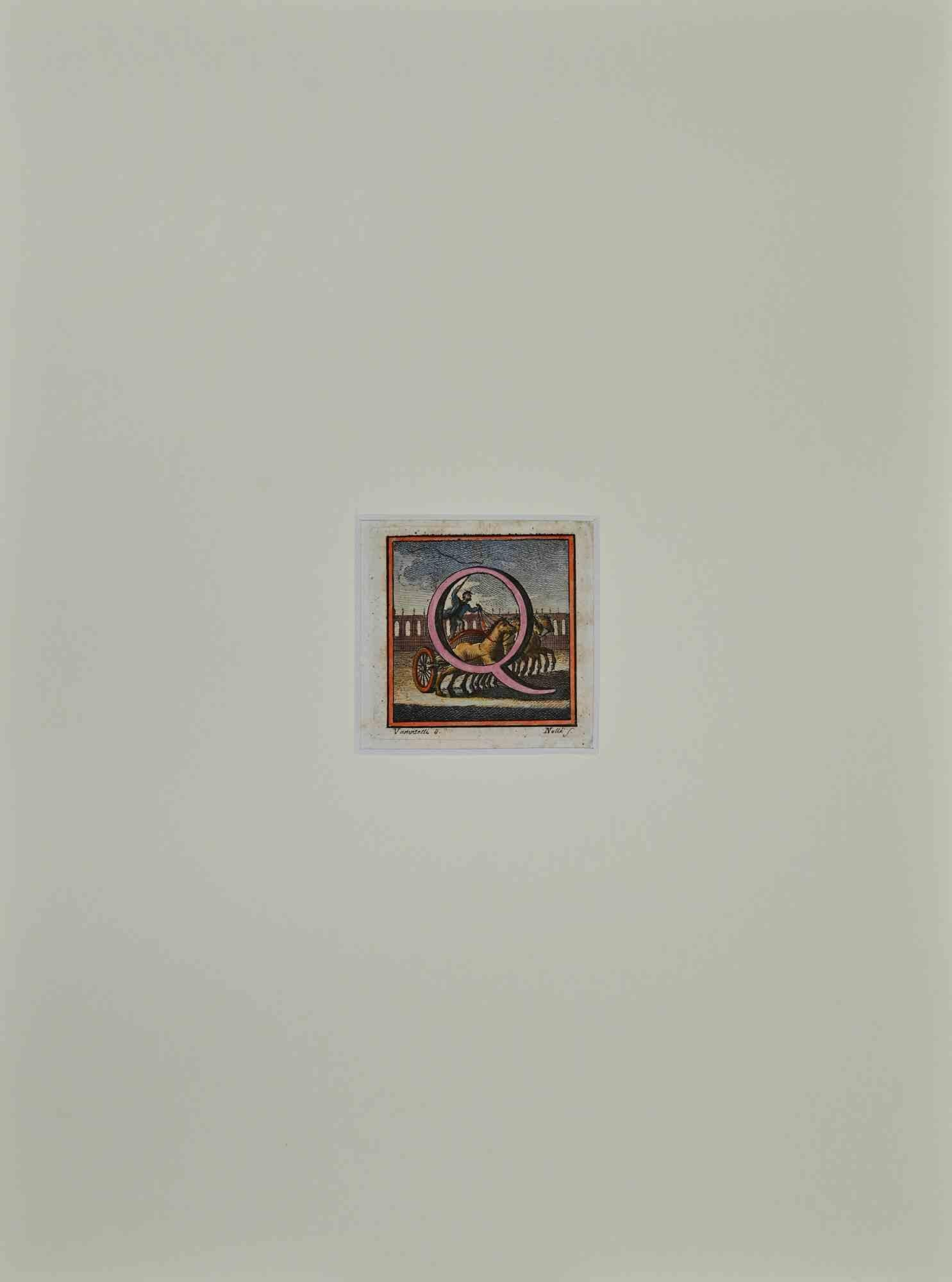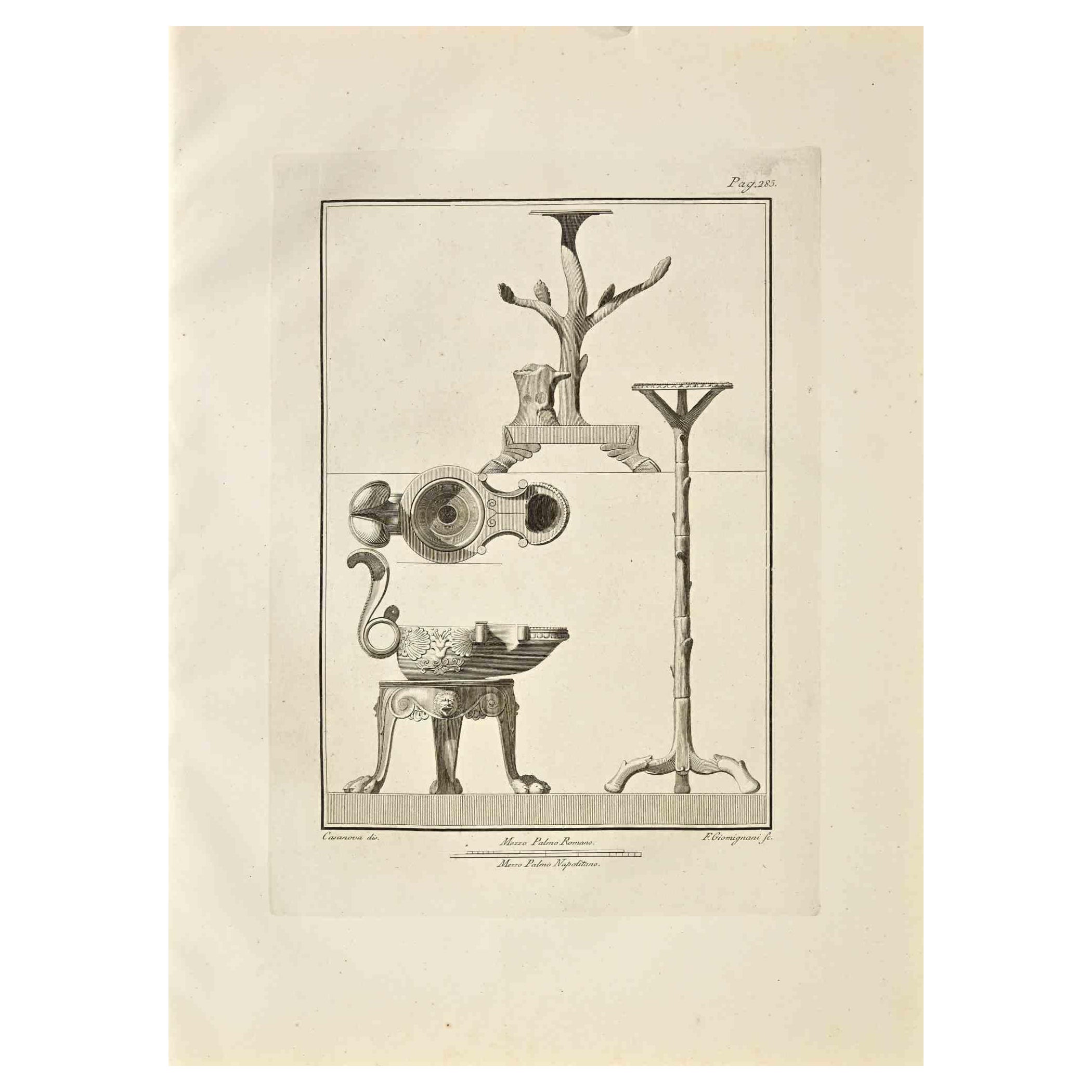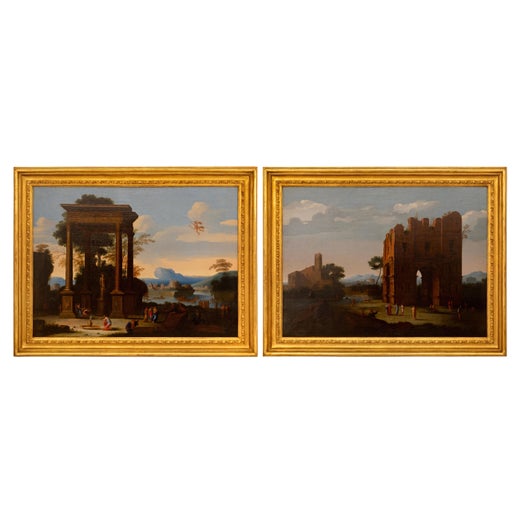Claude Lorrain17th century etching black and white figures sketch 1633
1633
About the Item
- Creator:Claude Lorrain (1604 - 1682, French)
- Creation Year:1633
- Dimensions:Height: 15.5 in (39.37 cm)Width: 17 in (43.18 cm)
- Medium:
- Movement & Style:
- Period:Mid-17th Century
- Condition:
- Gallery Location:Milwaukee, WI
- Reference Number:
Claude Lorrain
Claude Lorrain, born Claude Gellée, was a French painter, draughtsman and engraver of the Baroque era. He spent most of his life in Italy and is admired for his achievements in landscape painting. He painted a pastoral world of fields and valleys not distant from castles and towns that entered into these quiet scenes. Landscape as a subject was distinctly nontraditional and secular during this time of religious and mythical iconography, and Gellée was certainly breaking with tradition. John Constable described the artist as the most perfect landscape painter the world ever saw and declared that in Claude’s landscape, “all is lovely, all amiable, all is amenity and repose; the calm sunshine of the heart." He passed away on November 23, 1682.
- ShippingRetrieving quote...Ships From: Milwaukee, WI
- Return PolicyA return for this item may be initiated within 14 days of delivery.
- 17th century etching black and white figures sceneBy Cornelis BegaLocated in Milwaukee, WI"The Singer" is an original etching by Cornelis-Pietersz Bega. It depicts a performer and onlookers. Publisher: Pearce #50. 4" x 3" art 16 1/2" x 13 1/2" frame Cornelis Pietersz Be...Category
Mid-17th Century Old Masters Figurative Prints
MaterialsEtching
- 17th century etching black and white indoor dramatic figures sceneBy Cornelis BegaLocated in Milwaukee, WI"The Meeting" is an original etching by Cornelis-Pietersz Bega. It depicts a confrontation between two groups of figures. Publisher: Pearce #48. 2 3/4" x 2 3/4" art 10 1/4" x 10 3/8...Category
Mid-17th Century Old Masters Figurative Prints
MaterialsEtching
- Four original etchings of women from 'Aula Veneris' series by Wenceslaus HollarBy Wenceslaus HollarLocated in Milwaukee, WIPresented here as a group are four original etchings of women in European national dress from the master printmaker Wenceslaus Hollar's series "Aula V...Category
17th Century Old Masters Figurative Prints
MaterialsPaper, Etching
- 17th century etching black and white dramatic window figure sceneBy Cornelis BegaLocated in Milwaukee, WI"Man Looking Through a Window" is an original etching by Cornelis-Pietersz Bega. It depicts a figure leaning through a window. Publisher: Pearce #37. 3 1/8" x 3" art 14 3/4" x 13 1/...Category
Mid-17th Century Old Masters Figurative Prints
MaterialsEtching
- 18th century triptych etching figurative prints small black and white expressiveBy Francois VivaresLocated in Milwaukee, WIFrançois Vivares was known to have produced several copies of images after older masters, such as, in this case, Rembrandt van Rijn. In this set, Vivares reproduces "The Quacksalver" (1635, Bartsch 129), "Beggar man and beggar woman conversing" (1630, Bartsch 164), and "Beggar Seated Warming...Category
1760s Old Masters Figurative Prints
MaterialsEtching
- 17th century etching black and white figurative character print expressiveBy Jan Gillisz van VlietLocated in Milwaukee, WIJan Gillisz van Vliet (1605–1668) was a Dutch Golden Age artist and student of Rembrandt. He worked with Rembrandt between 1628 and 1637, inspired by his master's work. Like Rembrandt, van Vliet made a series of beggar figures, though often with a greater degree of satire and expressiveness. For example, this image of a rat catcher...Category
1630s Old Masters Figurative Prints
MaterialsEtching
- Antiquities of Herculaneum - Letter of the Alphabet C - Etching - 18th CenturyBy Carlo NolliLocated in Roma, ITAntiquities of Herculaneum - Letter of the Alphabet C, from the series "Antiquities of Herculaneum", is an original etching on paper realized by Carlo Nolli in the 18th century. ...Category
Late 18th Century Old Masters Figurative Prints
MaterialsEtching
- Antiquities of Herculaneum - Alphabet Q - Etching by Carlo Nolli - 18th CenturyBy Carlo NolliLocated in Roma, ITAntiquities of Herculaneum - Alphabet Q, from the series "Antiquities of Herculaneum", is an original hand watercolored etching on paper realized by Carlo Nolli artist in the 18th ...Category
18th Century Old Masters Figurative Prints
MaterialsEtching
- Ancient Roman Fresco Herculaneum - Original Etching G. Morghen - 18th CenturyBy Giovanni Elia MorghenLocated in Roma, ITAncient Roman Statues from the series "Antiquities of Herculaneum", is an original etching on paper realized by Giovanni Morghen in the 18th Century. Signed on the plate. Good cond...Category
Late 18th Century Old Masters Figurative Prints
MaterialsEtching
- Letter of the Alphabet R - Etching by Luigi Vanvitelli - 18th CenturyLocated in Roma, ITLetter of the Alphabet R, from the series "Antiquities of Herculaneum", is an etching on paper realized by Luigi Vanvitelli in the 18th century. Good cond...Category
Late 18th Century Old Masters Figurative Prints
MaterialsEtching
- Letter of the Alphabet L - Etching by Luigi Vanvitelli - 18th CenturyLocated in Roma, ITLetter of the Alphabet L, from the series "Antiquities of Herculaneum", is an etching on paper realized by Luigi Vanvitelli in the 18th century. Good conditions. The etching belon...Category
Late 18th Century Old Masters Figurative Prints
MaterialsEtching
- Antiche urne cinerarie e lampadeBy Giovanni Battista PiranesiLocated in Roma, ITFrom the Piranesi's series “Vasi, candelabri, cippi, sarcofagi, tripodi, lucerne, ed ornamenti antichi disegnati ed incisi dal cav. Gio. Batt. Piranesi pubblicati l’anno MDCCLXXIIX” (1778). Antiche urne cinerarie e lampade" is an artist proof, printed on contemporary laid paper, large margins, representing antique marble cinerary urns - “found into antique graves...Category
1770s Old Masters Figurative Prints
MaterialsEtching






